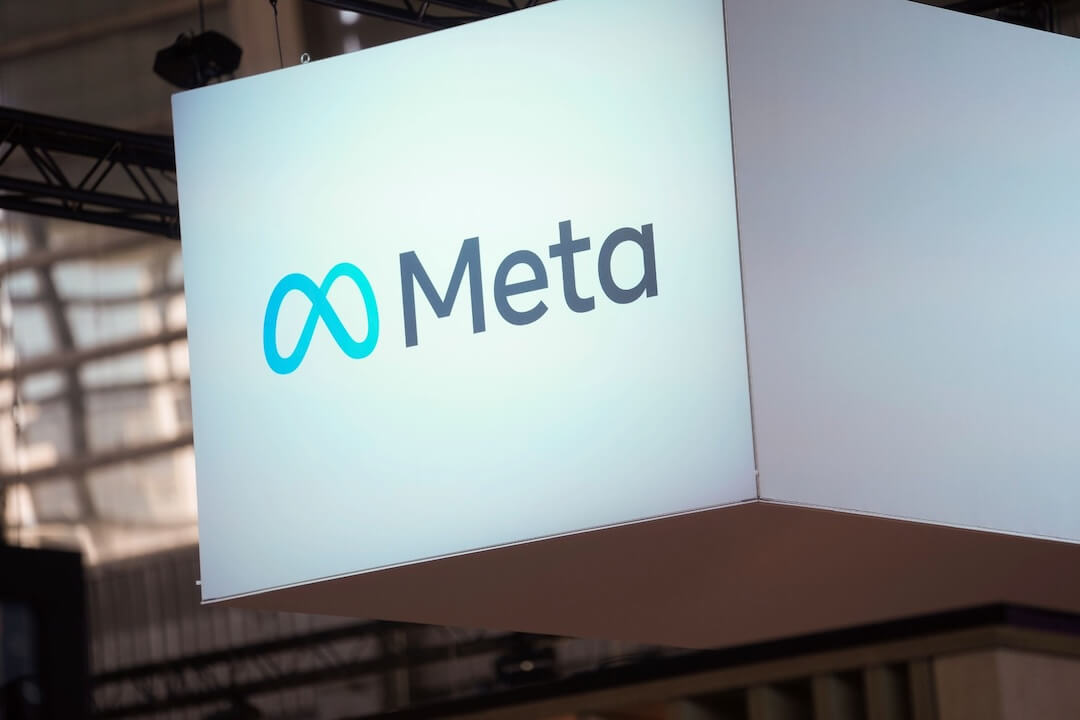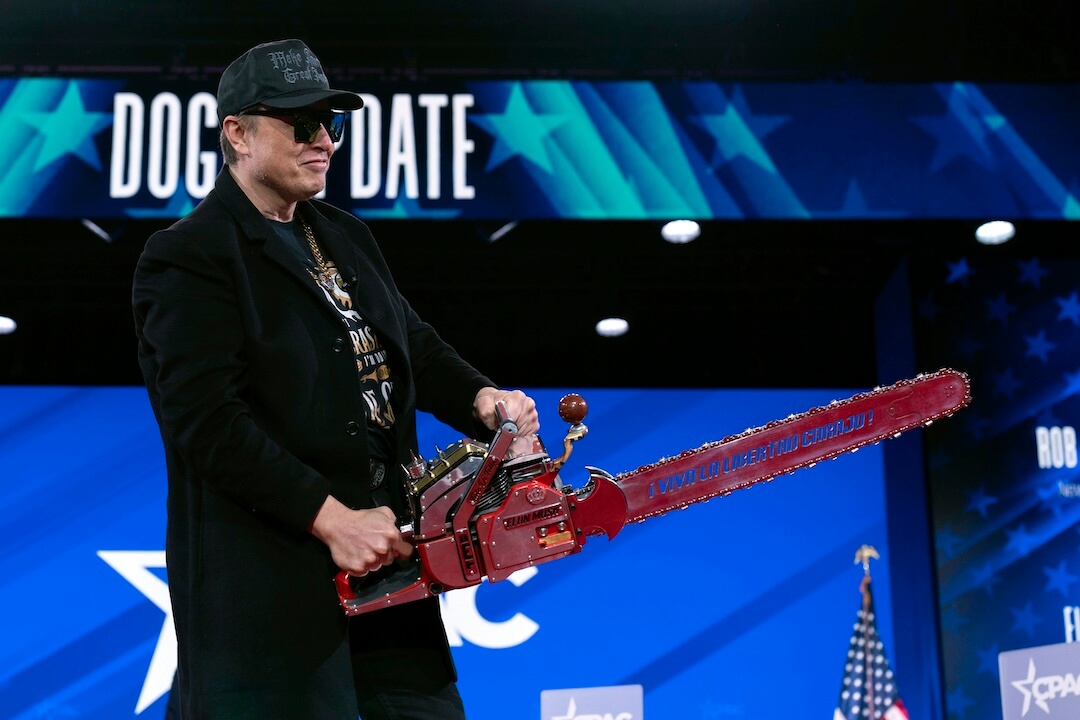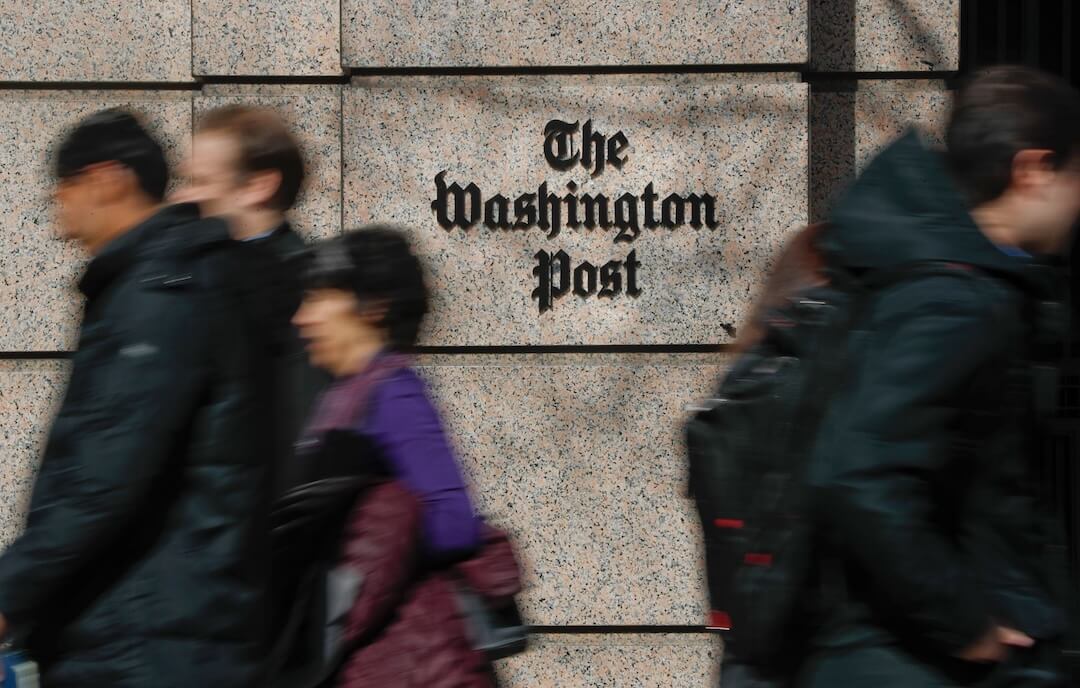News and commentary on Meredith's $ 2.8 billion acquisition of Time Inc. a week ago has rightly focused on where flagship Time magazine is headed. Will the arm's length "passive investors" (Koch-related KED) continue to keep their distance, tinker or buy the thing outright?
That's a great journalism and political question, ever so much worth watching.
But there is another nifty little media business story bubbling below the surface of the deal. How did a mid-sized publishing fish, based out in flyover Des Moines, end up swallowing the much bigger New York City magazine industry icon?
Here is my take:
Meredith has simply been better at making money on digital and better at managing its portfolio of businesses as we now are 17 years into the new century.
That means its revenues have held up well as Time Inc.'s (still nearly twice as high) contracted badly. Its profitability has been superior. And crucially for doing the deal, Meredith had strong access to capital just as the wounded Time brands need an infusion of investment and new business development ideas.
Meredith's success — widely recognized in investment circles — has as its architect CEO Steve Lacy, who joined the company in 1998 and became CEO in 2006. I caught his impressive act a little less than a decade ago at the annual UBS investors' conference in New York, whose 2017 edition kicks off today.
Lacy sketched a strong digital business strategy already firmly in place. Long before nearly everyone got in the digital marketing service business. Meredith was partnering with lead advertisers like Kraft in how to build out websites, extend a brand profile and market directly to customers.
Meredith was well-positioned for transitional times, and I'm not talking about being in Des Moines. Its specialty of service and lifestyle journalism has held up well. The boom in food, fitness, home furnishing and the like shows no signs of slowing. Much of that kind of content is evergreen and searchable.
Plus, Meredith had and still has a stable of 17 local broadcast stations, a greatly profitable and reliable second line of business.
Time-Warner magazines and sites, by contrast, were untangling the disastrous merger with AOL as the century opened, then reorganized and reorganized again with stops and starts of digital strategies. The magazine group was spun back out as a separate company in 2014 with heavy debt. Current executives have had little maneuvering room as the sale process dragged on for years. Print ads have crashed and newer revenues grown slowly.
In an insider's look back, business columnist and former editor Joe Nocera repeated the quip that Time Inc. "never missed an opportunity to miss an opportunity" in digital. The talented John Huey, editor of Fortune and then editor-in-chief of all the magazines, during a fellowship at Harvard, did a big oral history of his generation's vexed attempts to master digital. It was titled "Riptide" — suggesting that even the strongest swimmers may not be able to cope with the most powerful of currents.
Meredith spokesman Art Slusark, who began work the same week as Lacy, told me that the initial digital marketing business has waned as brands and their agencies became able to take such programs in house. But its success provided a strong base to build subsequent phases of digital (and print) growth.
Also, Slusark told me, that early on "a lot of companies raced down a rabbit hole, chasing huge audience numbers. We were cautious. We didn't and don't give our content away for free."
Meredith's umbrella 110 million women's market (unduplicated digital and print readers) can be sold to advertisers as as a whole —or sliced into verticals.
And while the lifestyle specialty was easy compared to news, the information highway is littered with wrecks of products not executed as skillfully as Meredith did.
Growth by mergers has long been part of the playbook. In recent years the company has added titles like allrecipes.com, a $175 million purchase in 2012 from the Readers Digest Association, and Martha Stewart Living.
The Time deal will be more of the same, roughly doubling monthly uniques from 90 million to a combined 170 million — more than any publishing-based news company. The merged company is expected to generate $700 million of digital ad revenue. Time Inc. titles like Real Simple, Southern Living and In Style are already in the Meredith wheelhouse.
And People, with 70 percent of its readership female, is the crown jewel of all commercial American magazines as measured by audience and profits. Meredith's flagship title, Better Homes and Gardens, is not far behind.
Analysts asked in a conference call Monday, what will Meredith provide to up the digital game of the Time Inc. stable?
After every acquisition, Lacy replied, "we find amazing opportunities where there’s a subscriber who already takes both and we only have to market to them once, if you know what I mean. So, there’s some huge cost benefits."
Top digital executive Jon Werther added that the Time titles will benefit from Meredith's:
- Millennial reach.
- Existing scale in video.
- Data and targeting capabilities.
- And proprietary tech platforms supporting the growing part of the marketing mix like native advertising.
Also, Time brings to the party the strength of strong print audience revenue, charging renewal subscribers around $100 a year for Time, People or Sports Illustrated. Fortune and Time have developed robust and growing events businesses.
Skeptics will note that Meredith, unless you count the local TV stations, has no one doing hard news journalism, let alone on the scale of Time or Fortune.
That means if the company chooses to stay in that business it will need to leave current teams of editors and reporters in place or go out and hire its own talent.
An alternative, broached in the presentation Monday to investors, would be to consider divestiture of some of the Time Inc. titles at a later date — a handy way to reduce debt, including the Koch/KED loan, that has to be been taken on.
Time Inc. is separately disposing of four of its titles in advance of closing the transaction early next year. Sunset, the Western lifestyle magazine, was sold to a private investment group Thursday. Golf, Essence and TimeUK are the others on the list.
Reading Meredith's merger prospectus and scanning its website, I noted that it already claims to be the biggest print and digital player serving the U.S. women's market. The merger will only grow that key base bigger.
I hope that it does not seem facile irony to point out that the six-person top executive leadership team pulling together this huge enterprise are … all men.
The next level down of management is about 50/50 women, spokesman Slusark told me, but "we know we have work to do on the very top jobs."
Meanwhile Time magazine's top two departing editors — Nancy Gibbs and Radhika Jones — are, of course, women.
Go figure.







